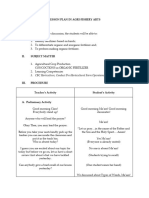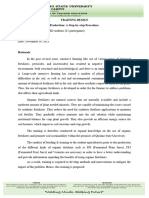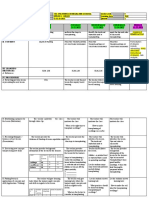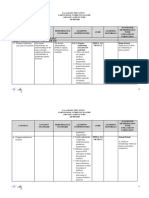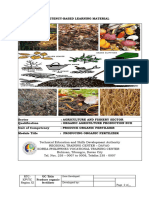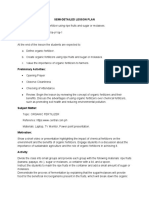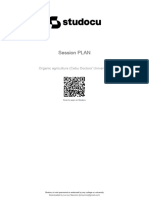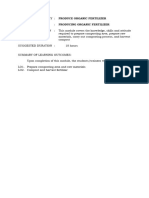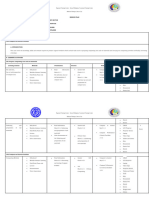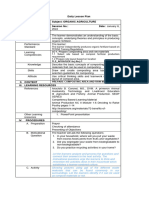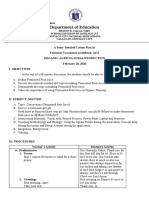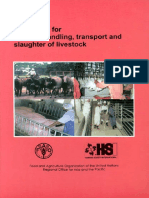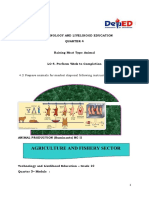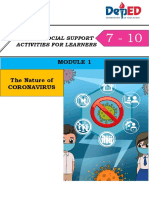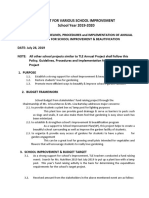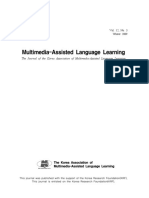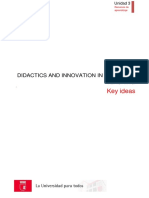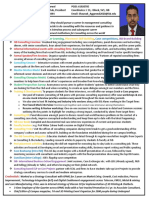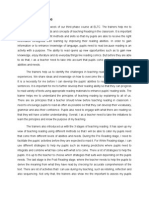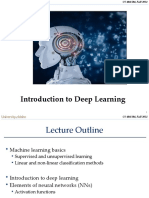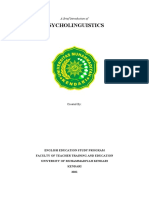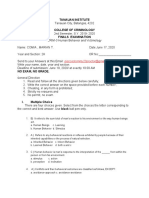0% found this document useful (0 votes)
66 views4 pagesSemi Detailed LP
This lesson plan for Grade 10 students focuses on understanding organic fertilizers and their application in plant growth. Students will learn to differentiate between organic and synthetic fertilizers, explore their benefits, and demonstrate the preparation of Fermented Plant Juice using local materials. The lesson includes hands-on activities, discussions, and assessments to evaluate student understanding and application of the concepts.
Uploaded by
Ssa RiCopyright
© © All Rights Reserved
We take content rights seriously. If you suspect this is your content, claim it here.
Available Formats
Download as DOCX, PDF, TXT or read online on Scribd
0% found this document useful (0 votes)
66 views4 pagesSemi Detailed LP
This lesson plan for Grade 10 students focuses on understanding organic fertilizers and their application in plant growth. Students will learn to differentiate between organic and synthetic fertilizers, explore their benefits, and demonstrate the preparation of Fermented Plant Juice using local materials. The lesson includes hands-on activities, discussions, and assessments to evaluate student understanding and application of the concepts.
Uploaded by
Ssa RiCopyright
© © All Rights Reserved
We take content rights seriously. If you suspect this is your content, claim it here.
Available Formats
Download as DOCX, PDF, TXT or read online on Scribd
/ 4


